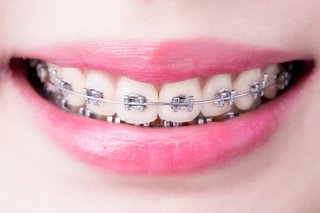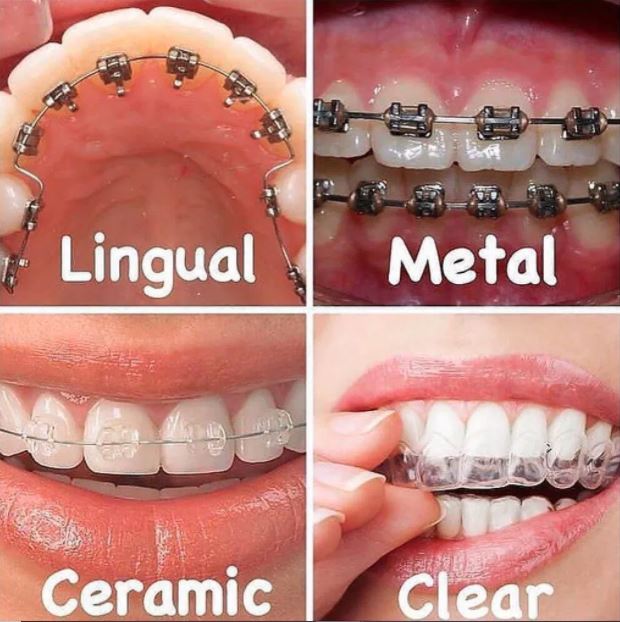Comprehensive Overview to Orthodontics Procedures for Fixing Oral Imbalances
In the realm of orthodontics, the journey to attaining a perfectly aligned smile includes a myriad of treatments customized to correct dental imbalances. From typical braces to unnoticeable aligners and even medical alternatives, the area of orthodontics supplies a range of services to attend to differing levels of oral abnormalities. Recognizing the intricacies of each procedure, including their mechanisms, benefits, and potential drawbacks, is important in making informed decisions about one's orthodontic treatment. As we navigate through the comprehensive guide to orthodontic procedures for correcting oral imbalances, the detailed information of each approach will certainly unravel, clarifying the path toward a functional and unified oral placement.
Orthodontic Procedures Summary

Normal adjustments and monitoring are important components of orthodontic therapy to ensure progress is on track and to make any type of needed adjustments along the means. By undertaking orthodontic treatments, patients can not only achieve a straighter smile but likewise enhance their general oral health and wellness and feature.
Typical Dental Braces: Just How They Function
When considering orthodontic treatments for oral misalignments, conventional dental braces stand out as a time-tested technique for dealing with teeth positioning. Standard braces consist of braces, wires, and bands that work with each other to use continuous pressure on the teeth, progressively moving them into the preferred alignment.
One secret facet of how typical braces work is the procedure of bone renovation. As stress is related to the teeth with the dental braces, the bone bordering the teeth is reshaped to support the new tooth placements. This remodeling is vital for the lasting stability of the fixed positioning. Individuals will certainly need regular modifications at the orthodontist's workplace to make certain the dental braces continue to apply the appropriate pressure for efficient teeth activity.
Invisible Aligners: Pros and Cons
These clear, personalized trays are essentially unnoticeable when worn, making them an attractive option for people seeking a more cosmetically pleasing orthodontic treatment. People can eliminate the aligners before consuming or cleaning their teeth, minimizing the risk of food obtaining stuck in the appliance and streamlining the cleaning process.

Surgical Orthodontic Options
Surgical interventions in orthodontics present viable options for dealing with complicated dental misalignments that may not be effectively resolved through conventional orthodontic therapies. While unseen aligners this contact form and typical braces can fix many orthodontic issues, particular instances need surgical intervention to achieve optimum outcomes. Surgical orthodontic choices are generally recommended for extreme malocclusions, substantial jaw inconsistencies, and situations where the underlying bone structure requires adjustment to accomplish proper placement.
One usual surgical orthodontic procedure is orthognathic surgical procedure, which includes repositioning the jaws to deal with practical issues such as trouble talking or eating. This surgery is often executed in partnership with an orthodontist who aids straighten the teeth prior to and after the procedure. Surgical orthodontics might likewise involve treatments to expose influenced teeth, eliminate excess gum cells, or reshape the jawbone to develop a much more unified face profile.
Before considering surgical orthodontic choices, clients undertake an extensive analysis to identify the need and potential advantages of such interventions. cumming aligners. While surgical treatment might seem difficult, it can significantly enhance both the feature and visual appeals of the smile in instances where conventional orthodontic treatments fail
Retainers and Post-Treatment Treatment

Failure to comply with post-treatment care guidelines can result in regression, where the teeth progressively relocate back towards their original positions. Regular retainer wear, excellent dental hygiene, and regular dental exams are crucial for keeping the outcomes accomplished through orthodontic surgery and making certain the lasting stability of the fixed dental placement.
Verdict
In final thought, orthodontic procedures provide various alternatives for correcting oral imbalances. Standard braces use steel braces and cables to move teeth into proper placement. Unseen aligners supply a more discreet choice however may not appropriate for all instances. Surgical orthodontic visite site choices are available for more extreme imbalances. Retainers are typically used post-treatment to keep the brand-new positioning. In general, orthodontic procedures can successfully improve oral health and wellness and aesthetic appearance.
As we browse via the extensive overview to orthodontic treatments for fixing dental imbalances, the elaborate details of each technique will unfold, shedding light on the course visit towards a functional and unified oral positioning. - cumming invisalign
One of the most typical orthodontic therapies is the usage of dental braces, which are composed of steel brackets and wires that apply mild stress to progressively shift teeth into the preferred placement.When considering orthodontic treatments for dental misalignments, standard dental braces stand out as a tried and true approach for correcting teeth positioning. Furthermore, unseen aligners might not be ideal for complex orthodontic issues that require more considerable teeth motion, as they are normally advised for light to modest instances. Retainers are custom-made orthodontic devices designed to hold teeth in their corrected positions after the completion of orthodontic therapy.